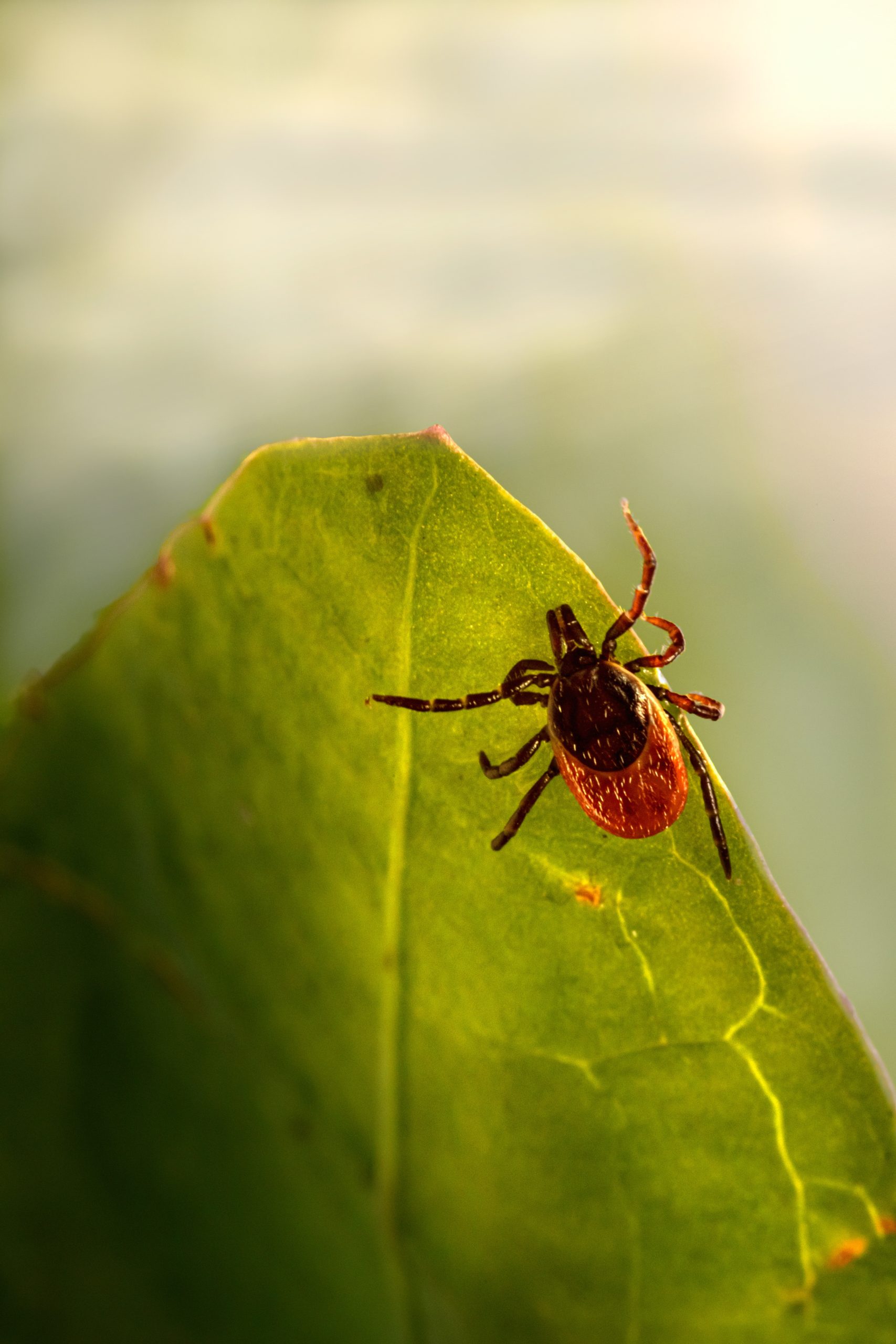Ticks, they are the tiny creatures that can cause big problems. While most people know about the dangers of Lyme disease, there is another tickborne illness you should be aware of – Babesiosis. This lesser-known disease is on the rise in many parts of the world and can have serious health consequences if left untreated. In this blog post, we’ll dive into what babesiosis is, its symptoms, how it’s transmitted, and most importantly – how to protect yourself from being bitten by an infected tick. Keep reading to learn everything you need to know about babesiosis!
What is Babesiosis?
Babesiosis is a serious infection caused by the Babesia parasite. It’s most commonly found in animals, but can also be transmitted to humans through the bite of an infected tick. Babesiosis can cause fever, muscle aches, and fatigue. In severe cases, it can lead to seizures, coma, and death.
The Babesia parasite is found in a variety of different animal hosts including ticks, rattle snakes, and deer. The parasite enters humans through the bite of an infected tick or through contact with blood or other bodily fluids from an infected person. Babesiosis can also be contracted through natural exposure to the environment (such as during hikes in high-babesia areas).
There is no specific treatment for babesiosis; however, it can be treated with antibiotics if it’s diagnosed early enough. Prevention of babesiosis is important because it’s a really dangerous infection — in severe cases, it can result in death.
How Does Babesiosis Spread?
Babesiosis is a serious infection caused by the Babesia organism. The parasite is spread through the bite of an infected tick. Babesiosis typically affects humans in the form of a high fever and severe flu-like symptoms. In some cases, babesiosis can lead to serious liver damage or even death. Because Babesia can be deadly, it’s important to know how to prevent and treat this disease.
Preventing babesiosis involves being aware of the risks posed by ticks and taking appropriate precautions when outdoors. You can also protect yourself from babesiosis by following a healthy diet and getting regular exercise. If you are infected with babesiosis, treatment options range from antibiotics to blood transfusions. If you experience any symptoms of babesiosis, please see your doctor as soon as possible for diagnosis and treatment recommendations.
Symptoms of Babesiosis
Babesiosis is a parasitic disease caused by the Babesia protozoa. The parasite is spread through the transfer of body fluids, including blood and saliva. Symptoms of babesiosis may include high fever, chills, muscle aches, and swollen lymph nodes. In severe cases, babesiosis can lead to parasitemia (high levels of the parasite in your blood). Babesiosis can be treated with antibiotics.
Treatment for Babesiosis
Babesiosis is a serious and potentially deadly disease caused by the protozoan parasite Babesia. Babesiosis can affect people of any age, but it is most commonly diagnosed in adults over the age of 50. Symptoms of babesiosis may include fever, chest pain, shortness of breath, and headache. If left untreated, babesiosis can lead to severe organ damage and even death.
There is no specific treatment for babesiosis, but standard treatment includes antibiotics to kill the parasites and supportive care such as oxygen therapy and intravenous fluids. Prevention is the best way to avoid this disease, so always keep your immune system strong by getting vaccinated against hepatitis A and B.
Prevention of Babesiosis
There are three types of babesiosis:
1. Angiitis Babesiosis is a form of babesiosis caused by the invasion and proliferation of blood vessels in the body. Symptoms include fever, chills, headache, and muscle pain. In severe cases, red blood cells may be absent or reduced in number, leading to anemia. Blood tests can confirm the diagnosis.
2. Ehrlichioses Babesiosis is a rare form of babesiosis that is caused by infection with Ehrlichia chaffeensis. Symptoms include high fever, chest pain, and shortness of breath. Death can occur in severe cases.
3. Pneumonic Babesiosis is a form of babesiosis caused by infection with the bacterium Pneumocystis carinii . Symptoms include shortness of breath and rapid breathing, as well as fever and cough. In severe cases, pneumonitis (inflammation of the lungs) can develop and lead to death




